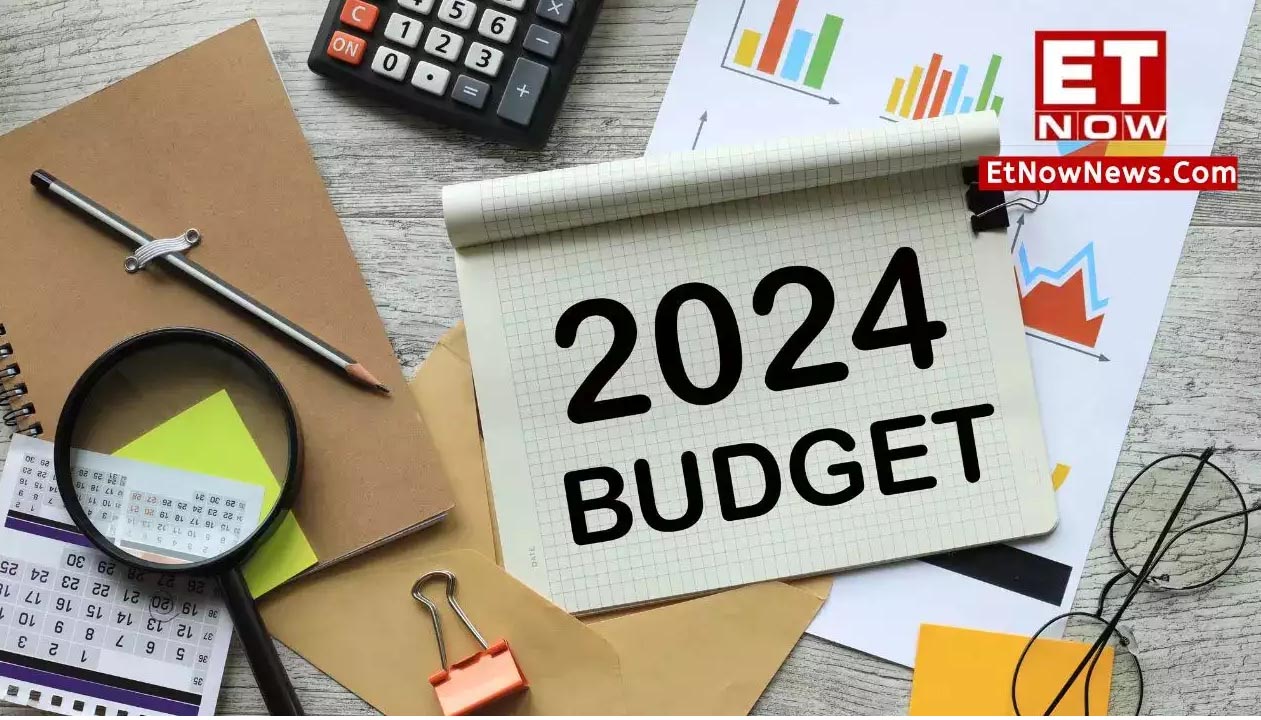
CPI(M) Polit Bureau has issued the following statement on February 1.
DESPITE the tall claims made by the finance minister about the state of India’s economy, the interim union budget for 2024-25 reveals the grim economic situation confronting India’s working people and the vicious face of the Modi government’s conception of ‘development’ which is designed to make the rich, richer and the poor, poorer. While the actual budget for 2024-25 will be the responsibility of the new government and the parliament to be formed after the 2024 elections, the revised figures for 2023-24 tell this story.
Though the revenue receipts in 2023-24 exceeded the budget estimates and grew by 13.3 per cent compared to the previous year, central government expenditures have been squeezed below budget estimates in order to reduce the fiscal deficit. These expenditures have grown by only 7 per cent, less than even the nominal growth of GDP, which is officially expected to be 8.9 per cent. This shortfall in expenditure has taken place despite the establishment expenditure of the government being higher than budgeted. The axe has, therefore, fallen on expenditures on welfare schemes as well as on capital expenditure. This will negatively impact future growth and economic fundamentals.
Expenditures on several items like agriculture & allied activities, education, health, social welfare, and schemes like the PM Krishi Sinchai Yojna and umbrella schemes for SCs, STs and other groups have been kept below budgeted levels. The revised expenditures on PM Awas Yojna, PM Gram Sadak Yojna, and PM Poshan are not only lower than budgeted, they are even less than the expenditures in 2022-23. Schemes specifically for women and children have also seen a reduction on both counts. This lower spending in 2023-24 than in 2022-23 has also encompassed heads that include fertilizer and food subsidies, MNREGA and urban development. Food subsidies have seen a cut of Rs 60,470 crores between 2022-23 and 2023-24 while fertilizer subsides have come down by Rs 62,445 crores. The expenditure on MNREGA in 2023-24 was Rs 4,806 crores less than in the previous year. Rural development expenditures and transfers to states have remained virtually stagnant, implying a cut in real terms. The states are further squeezed as the loans given for capital expenditures are of a much lower amount than the loans given earlier in lieu of GST compensation.
The squeezing of central government expenditure and the relative ‘improvement’ of revenues has taken place in a background of extremely poor growth. The estimated ‘real’ growth of 7.3 per cent in 2023-24 is pure fiction, among other things, being based on the absurd proposition that the inflation rate has come down to barely 1.6 per cent in 2023-24. This is completely at odds with the inflation rates based on the Consumer Price Index (CPI), which is around 6 per cent with food inflation of around 10 per cent. That the RBI has been holding its repo rate at 6.5 per cent since February 2023, in order to contain price rise reveals the real story of inflation in India.
Despite the poor growth, the government has given the benefit of tilting the distribution of that slow growing income sharply in favour of big business, the rich and wealthy. Revenues from corporate taxes and income taxes have jumped up significantly compared to the pre-Covid period, not because rates of taxation have gone up but because the share of the rich in total income has increased. This is the K-Shaped Recovery, the ‘development’ in which the working people are squeezed to accept less while working more.
This interim budget totally exposes the hollowness of the bombastic claims of the Modi propaganda machine of `real social justice’ incorporating working people as `partners in growth` etc. This budget carries forward the vicious `development model’ of the Modi government which squeezes the livelihood of the vast majority of India’s working people to favour the maximisation of profits for the few.


